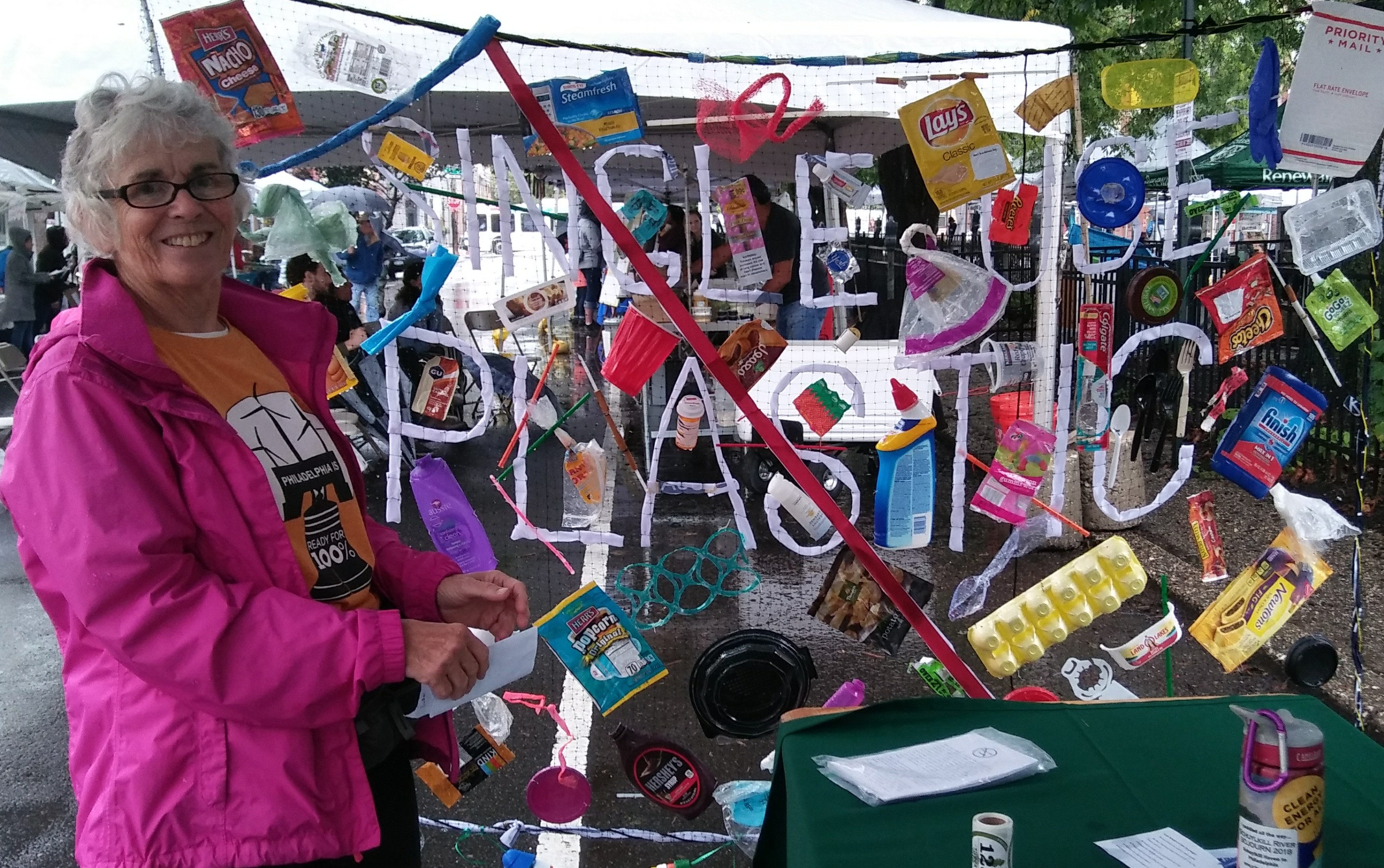Sierra Club has taken on the issue of plastics, particularly single-use plastics. So I have been
trying to live without single use plastics and it seems I have to give up a lot more than just single
use plastics since most packaging is, at least part, plastic. I thought I’d have a head start since I
gave up buying plastic storage bags and garbage bags years ago and don’t drink soda, bottled
water or juice and that this wouldn’t be so hard. But I was rudely awakened to the difficulty of
living without single use plastic. It seems that almost everything we buy has some plastic in its
packaging. Giving up snack foods like potato chips and crackers could have a nice side effect
but I will miss them. I will miss the ease of frozen foods. I found that products in glass bottles
may have a plastic safety collar. This challenge is giving a whole new look to my shopping.
Why put the effort into reducing consumption of single-use plastics? The big problem with
single-use plastics is that plastic itself is durable. Some types take 1000 years to breakdown.
There are lots of plastic in our oceans and some of it ends up gets eaten by animals. Since
humans are at the top of the food chain, this plastic can end up in us. Plastics may leach
chemicals that are not good for our health or the health of our fellow organisms. Most plastic is
made from fossil fuels and it takes energy and water to make these plastic products. Plastics
have a large carbon footprint. The average useful life of a plastic grocery bag is 15 minutes. So
we use a finite resource (oil or natural gas), and put more energy and resources into manufacture
and disposal, for something that we will use for 15 minutes and will persist in the environment
for years. It does not make sense. Since 40% of all plastic manufactured is used only once, then
working on single use plastics is a significant chunk of the problem.

Emily Davis at Greenfest
So here is what I am doing for food. I go to stores with large bulk sections and bring my own
containers, mostly re-used ziplock bags. I buy bread and cheese at shops that wrap in paper. I
have found a place where I can bring my own containers for oil and vinegar eliminating that
plastic safety collar. It is great that the selection in bulk sections is getting bigger. It sure is a
lot easier to follow Michael Pollen’s rule to shop the perimeter of a supermarket which means
stay away from the processed food normally in the center.
Cleaning products are not too hard since the variety in my home is not large, and I’ve found
liquid laundry and dish soap I can purchase in bulk. I’m finding personal care products more
difficult. I now buy bar soap and bar shampoo that is not packaged. My toothpaste comes as a
tablet and my floss in a glass container. I know there are recipes for many products but I can’t
seem to get into that. I haven’t solved the whole problem yet but I’m getting there.
As I have been researching this problem, I found another disturbing statistic. The paper bags
stores use to bag your groceries, while they may be biodegradable, have a disturbing front end
cost. The carbon footprint is more than 4 times that of the high density polyethylene (#2 plastic)
used to make most grocery bags, and their production uses 17 times as much water. Here is
another reason to make sure you always bring your own bags.
This blog was included as part of the 2019 Spring Sylvanian newsletter. Please click here to check out more articles from this edition!